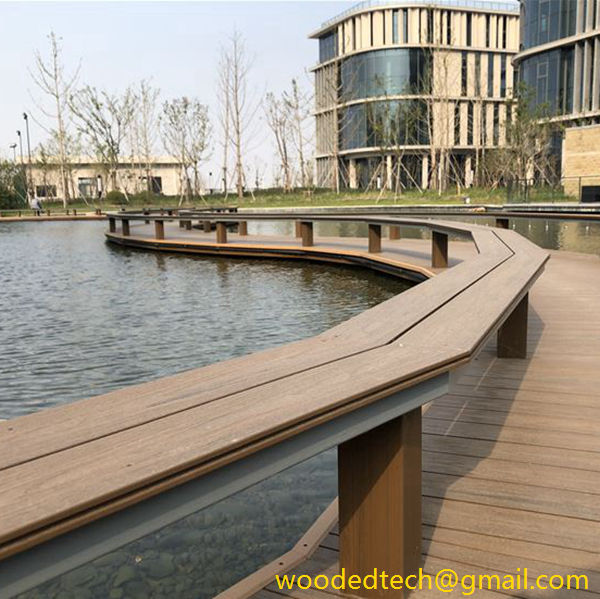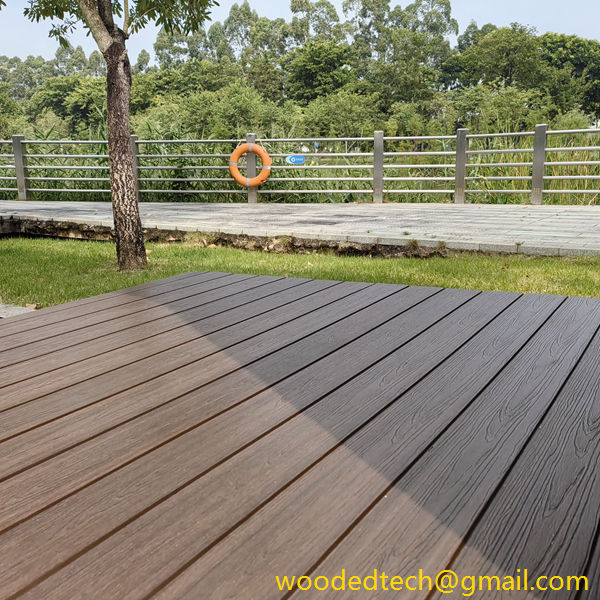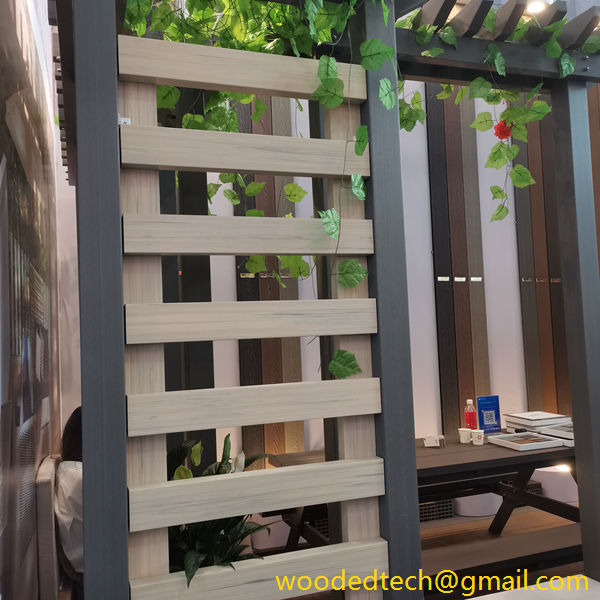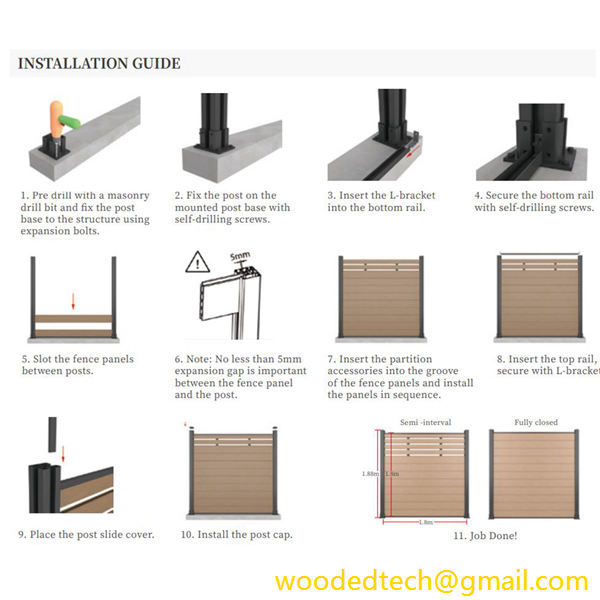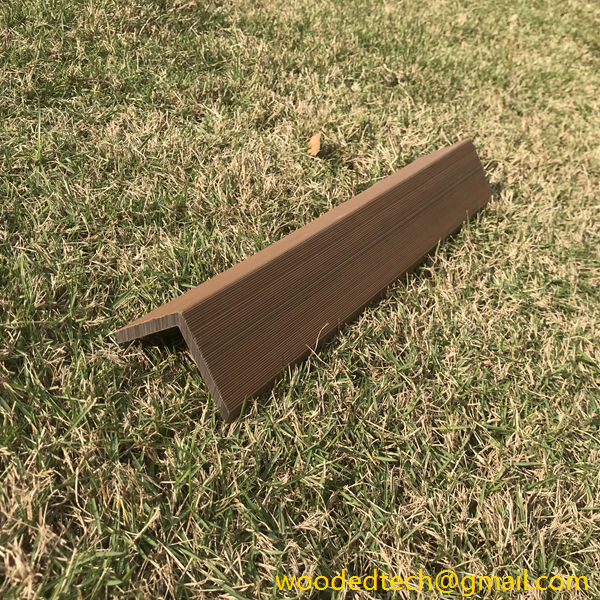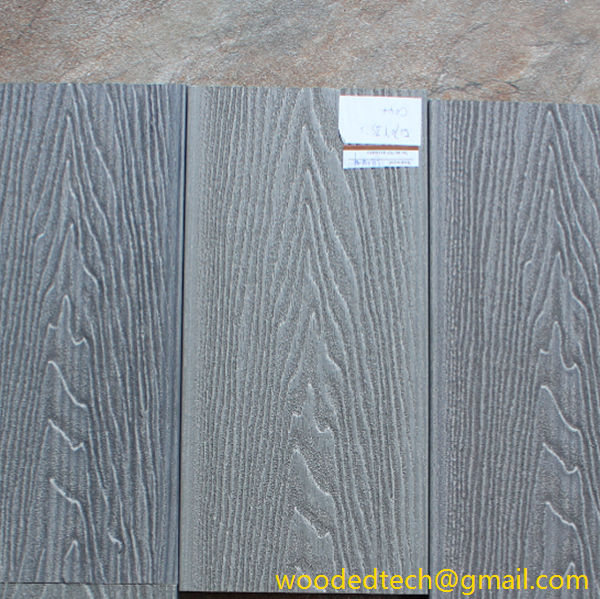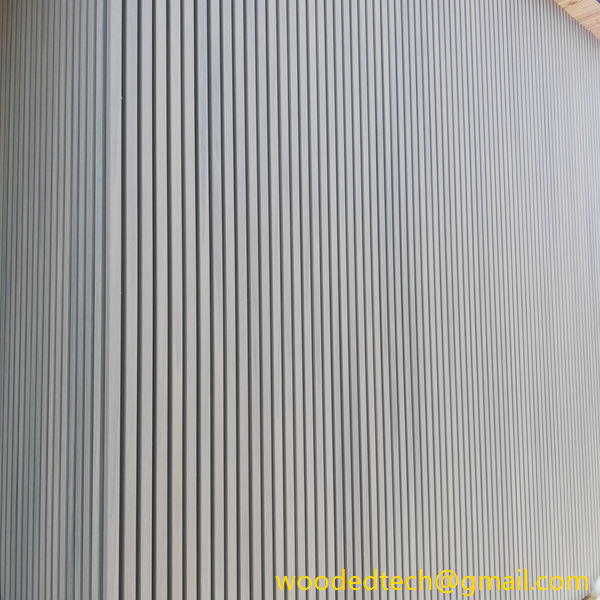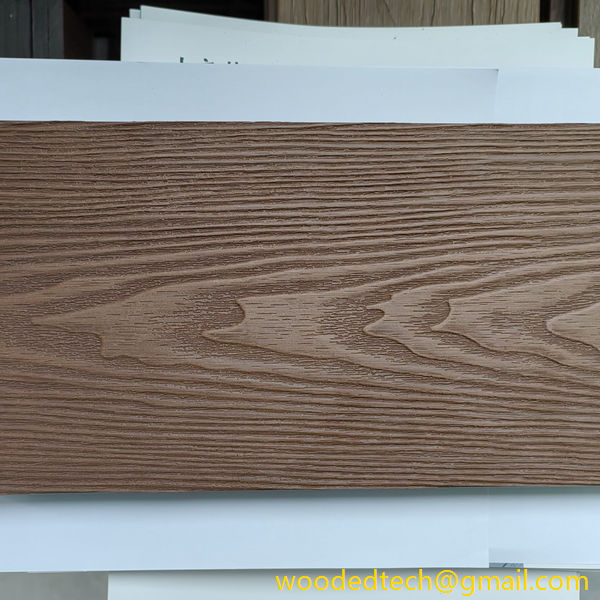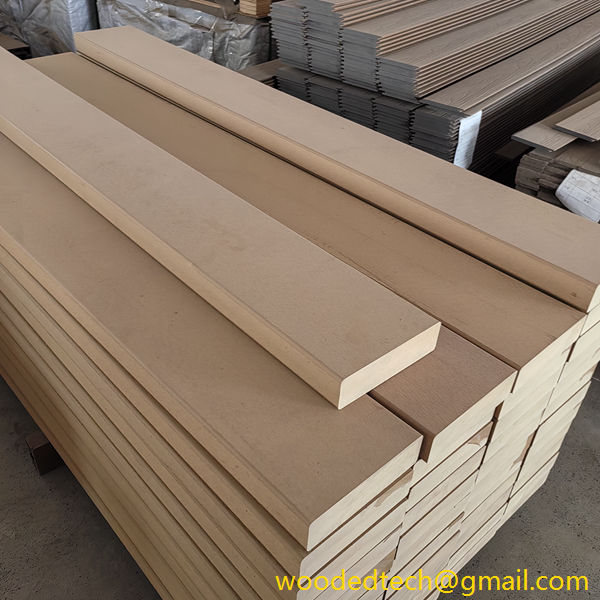Advantages of Waterproof Plastic Wood for Durable and Low-Maintenance Outdoor Applications
Advantages of Waterproof Plastic Wood for Durable and Low-Maintenance Outdoor Applications As the demand for sustainable and durable building materials continues to rise, waterproof plastic wood has emerged as a popular choice for outdoor applications. This innovative material, which is a composite of recycled plastics and wood fibers, offers a range of advantages that make…
Advantages of Waterproof Plastic Wood for Durable and Low-Maintenance Outdoor Applications
As the demand for sustainable and durable building materials continues to rise, waterproof plastic wood has emerged as a popular choice for outdoor applications. This innovative material, which is a composite of recycled plastics and wood fibers, offers a range of advantages that make it an excellent option for outdoor furniture, decking, fencing, and other structures. From its durability to its low-maintenance requirements, waterproof plastic wood is transforming the landscape of outdoor construction.
One of the most significant advantages of waterproof plastic wood is its exceptional durability. Unlike traditional wood, which can warp, crack, or rot when exposed to moisture, plastic wood is designed to withstand the elements. This resistance to water damage makes it ideal for outdoor use, especially in regions that experience heavy rainfall or humidity. The material is also resistant to insects and pests, such as termites, which can be a significant concern for wooden structures.
This durability translates into a longer lifespan for outdoor installations. Homeowners and businesses can invest in waterproof plastic wood with the confidence that their structures will remain intact and visually appealing for years, reducing the need for frequent replacements and repairs. This longevity not only saves money in the long run but also contributes to a more sustainable approach to construction, reducing the frequency of material consumption.
Another major advantage of waterproof plastic wood is its low maintenance requirements. Traditional wood often necessitates regular treatments, such as staining, sealing, or painting, to protect it from the elements. In contrast, plastic wood requires minimal upkeep. It does not need to be stained or sealed, and it can be easily cleaned with soap and water. This ease of maintenance is particularly appealing to homeowners and businesses who want to enjoy their outdoor spaces without the burden of constant care.
Additionally, waterproof plastic wood does not splinter, crack, or fade as quickly as traditional wood, which further reduces maintenance needs. This feature makes it an attractive option for families with children, as the risk of injury from sharp edges is significantly lower. Moreover, property managers and business owners appreciate the reduced labor costs associated with maintaining outdoor spaces made from this material.
Sustainability is a critical consideration in today’s construction practices, and waterproof plastic wood aligns well with eco-friendly principles. The production of plastic wood often involves the recycling of post-consumer plastic waste, which helps to reduce landfill contributions. By utilizing recycled materials, manufacturers of plastic wood contribute to a circular economy, minimizing the extraction of new resources and decreasing environmental impact.
Furthermore, the longevity and durability of waterproof plastic wood mean that fewer resources are needed for replacements over time. This characteristic not only conserves materials but also reduces the carbon footprint associated with the manufacturing, transportation, and disposal of traditional wood products. As consumers become more environmentally conscious, the demand for sustainable building materials like waterproof plastic wood continues to grow.
Waterproof plastic wood is available in various colors, textures, and finishes, allowing for a high level of aesthetic customization. This versatility means that it can be designed to mimic the appearance of traditional wood while providing all the benefits of a synthetic material. Homeowners and designers can choose from a range of styles to suit their specific tastes and the architectural features of their properties.
The ability to combine functionality with aesthetics makes waterproof plastic wood suitable for various outdoor applications, including decks, pergolas, garden furniture, and fencing. Whether a modern look or a rustic feel is desired, this material can meet diverse design preferences without compromising on performance.
While the initial cost of waterproof plastic wood may be higher than that of traditional wood, its long-term cost-effectiveness is undeniable. The durability and low maintenance requirements of plastic wood lead to significant savings over time. Homeowners and business owners can avoid the recurring expenses associated with treating, repairing, or replacing wooden structures. Additionally, the investment in a durable material can enhance property value, making it an attractive option for those looking to improve their outdoor spaces.
The production of waterproof plastic wood is not limited to a single region; it is a global industry with manufacturing facilities located worldwide. Countries with strong recycling programs and advanced manufacturing capabilities are often at the forefront of producing this innovative material. The distribution of production capacity globally allows for the efficient supply of waterproof plastic wood to meet the growing demand in various markets.
Regions with abundant plastic waste, such as North America and Europe, have developed robust industries for recycling plastics into composite materials. As awareness of sustainability and eco-friendly materials increases, more countries are investing in the production of waterproof plastic wood. This trend not only fosters local economies but also reduces transportation emissions associated with importing materials from distant locations.
In conclusion, waterproof plastic wood presents numerous advantages for outdoor applications, making it a compelling choice for homeowners, businesses, and builders alike. Its durability, low maintenance requirements, eco-friendly characteristics, aesthetic versatility, and long-term cost-effectiveness position it as a leader in sustainable construction materials. As global production capacity continues to expand, and as consumers increasingly prioritize sustainability, the future of waterproof plastic wood looks bright. This material will likely play a pivotal role in the evolution of outdoor design, offering a blend of functionality and style that meets the needs of modern living.

